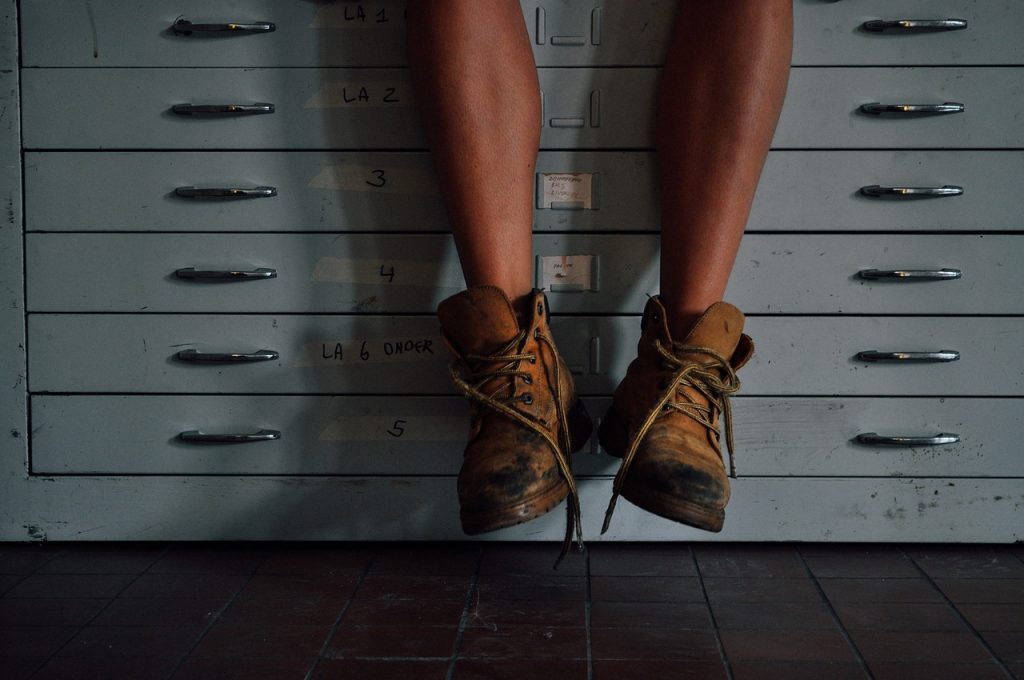4 Tips That Will Make Good Office Footwear a Good Investment
You already know the importance of making the most of every assets your business holds. Why would you not take the same general approach when it comes to choosing office footwear? Making informed choices goes a long way toward ensuring that you receive a reasonable return on the investment. Here are some tips that will help you select the next pair of shoes or boots for your wardrobe.
Consider the Time of Year
Appearance is certainly a guiding light in choosing footwear, but what works fine for one season is out of the question for other times of the year. For example, you’ll find that many people feel Sorel are the best shoes for for winter because the brand only uses materials designed to hold up well to the rigors of the season. That same pair may be great for winter, but not the best choice for summer.

mage by Free-Photos from Pixabay
Consider when you plan on wearing the shoes and where you’re going at the time. That will make it all the easier to find something that offers the features needed to provide the look and performance that you seek. And an extra rain jacket at the office prepares you for the worst weather days.
Comfort Matters
It’s hard to imagine a situation in which comfortable footwear would be out of place. Whether you need something that looks great while visiting a prospective customer or shoes that you can wear around the office, it helps if they provide support and cushioning that keeps the feet from cramping or hurting. See it as one way to avoid a distraction that could pull your attention away from an important detail. Simply put, when your feet aren’t hurting, you can be more productive and office morale is higher.
So Does Adequate Protection
Your choice of office footwear must protect your feet and ensure your safety in or on your way to the office. In cold weather, that means padding and insulation to keep out the cold and the moisture from rain or snow. It also means support that allows you to walk longer distances if necessary. Many people find that even NB shoes are great for winter because of how they protect the feet.
Pay close attention to the cushioning, the padding, and what materials are used for the outer shell. If they won’t keep the elements out or if they don’t provide support that helps you avoid aches and pains in the feet and the lower legs, they are not a good investment. Good traction will also improve workplace safety in any warehouse or factory setting.
And Then There’s the Cost
There’s always one more pair of shoes that are less expensive. While a lower cost does not automatically mean poor quality, it pays to look closely before you buy anything. It’s not just the materials used for the footwear; be mindful of the quality of the construction, the fit, the general design, and what you will need to do in order to take care of the footwear properly.
The office footwear you choose is only worth the price if it will provide the benefits that you desire. Settling for anything less in order to save a few dollars will do more harm than good in the long run. Invest in something that is durable, comfortable, has the right appearance, and will last for a long time. You’ll be glad that you did.

